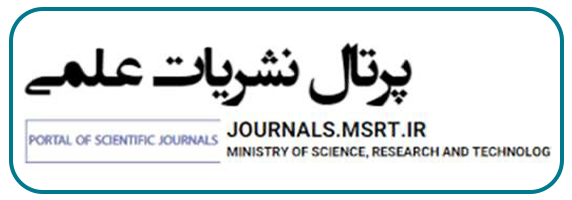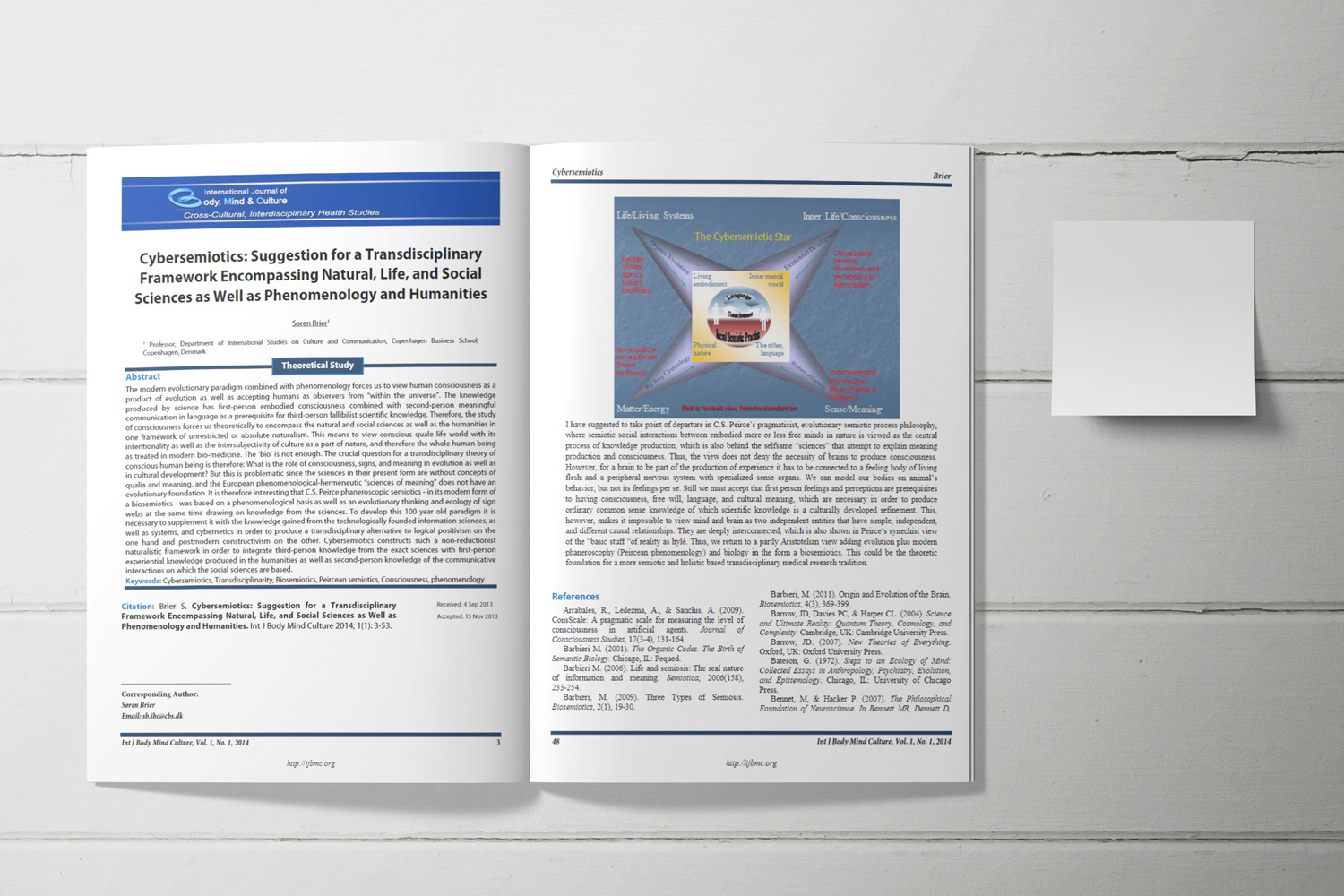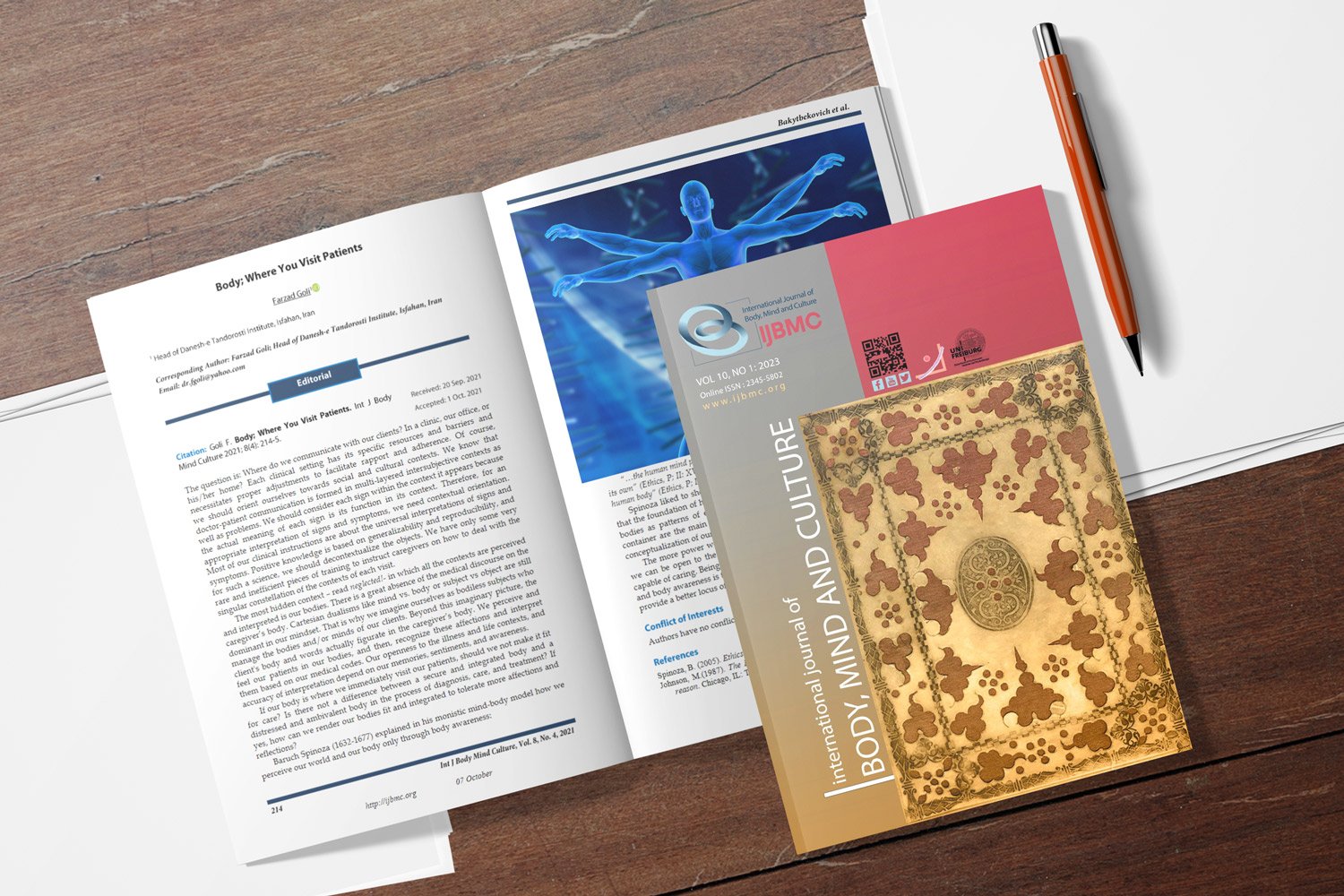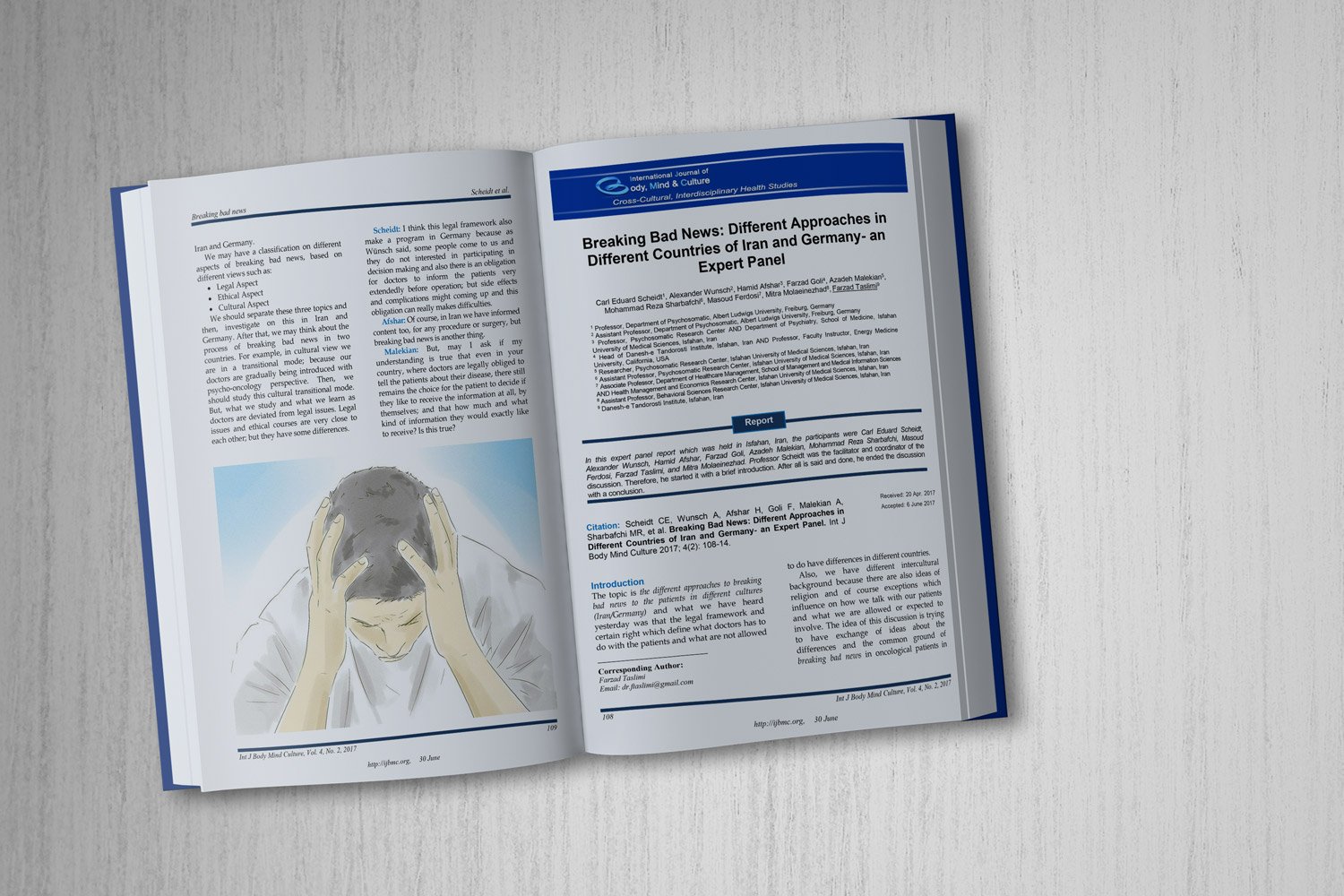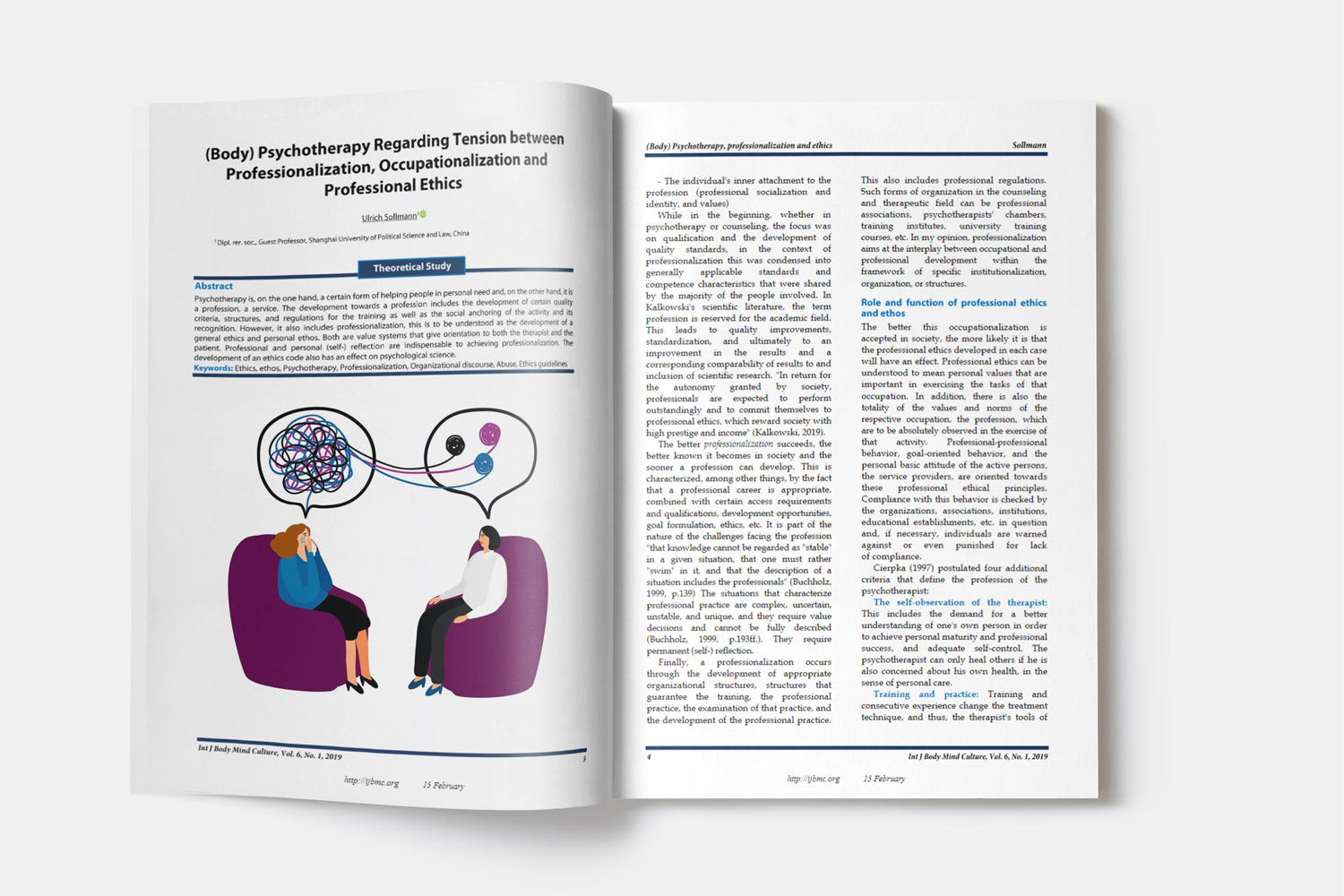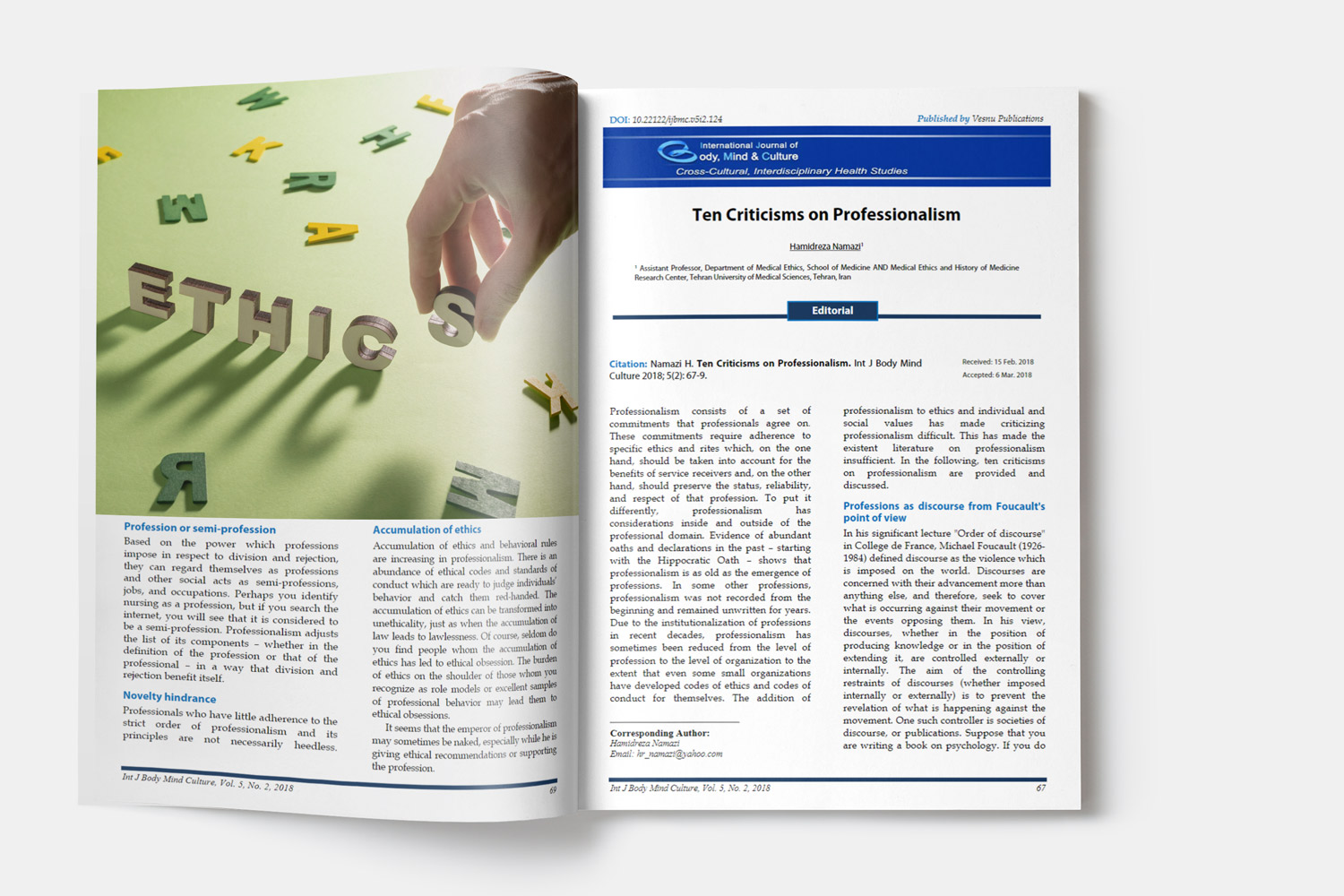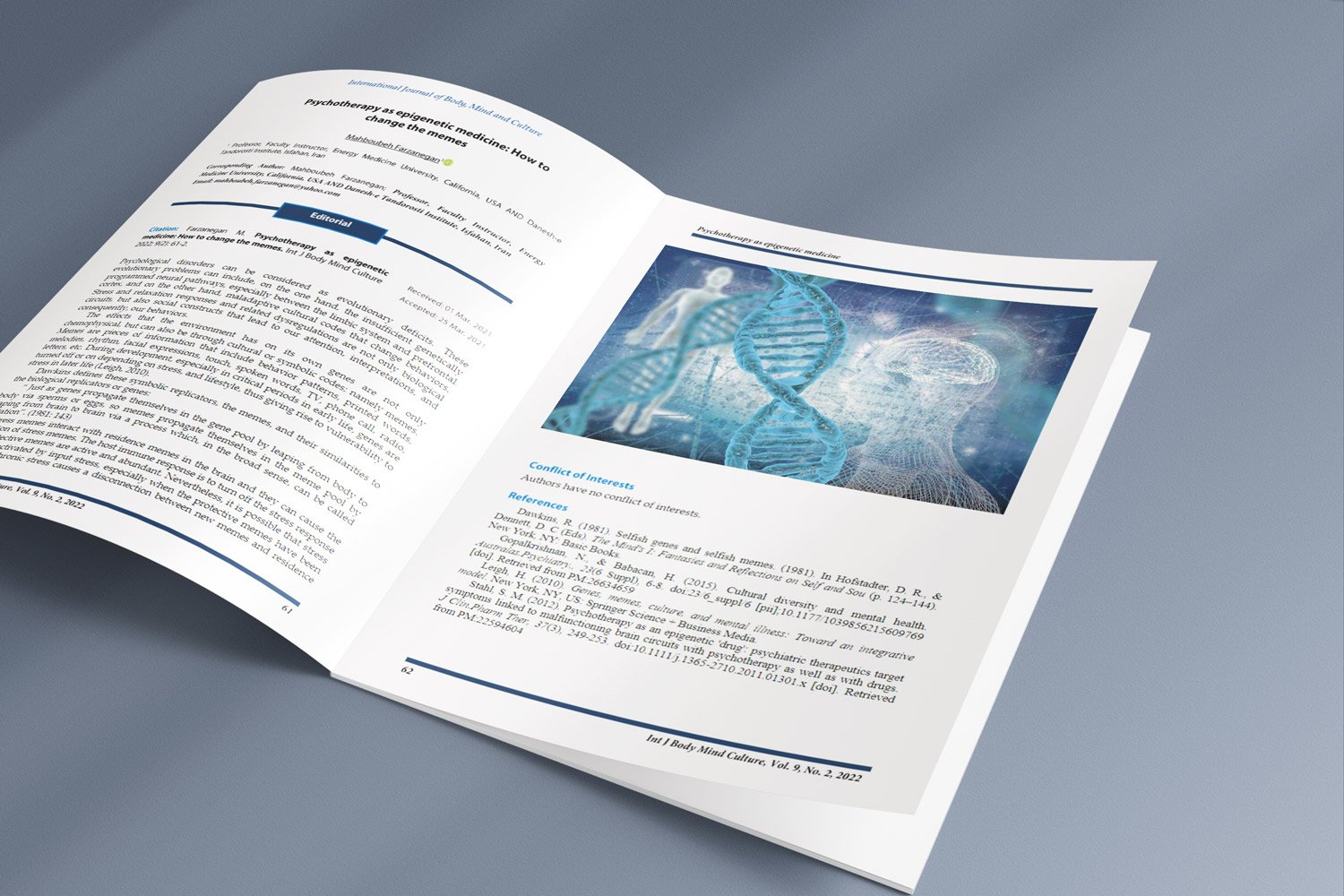The Relationship between Burnout and Mental Health of Employees Working in Khorshid Educational and Therapeutic Complex, Isfahan, Iran
Burnout and mental health of employees working
Downloads
Background: Promotion of workplace mental health is one of the most important aspects of human resource improvement and development, and in recent decades, organizations' attention to healthy physical and intellectual forces in economic, educational, service, and industrial institutions has had an undeniable role in increasing productivity. This study was conducted with the aim to investigate the relationship between burnout and mental health at Khorshid Educational and Research Complex, Iran.
Methods: This study was applied in terms of purpose and descriptive correlational in terms of the data collection method. The study population included all employees working in Khorshid Hospital in 2020 who had at least a diploma and 3 years of work experience. From among them, 255 individuals were selected as the sample. The participants were selected through convenience sampling and non-contingent methods. The participants were selected from among the staff who met the inclusion criteria through an easy sampling method. The required information in this study was collected using the Maslach Burnout Inventory (MBI), Goldberg's General Health Questionnaire (GHQ), and the Revised NEO Personality Inventory (NEO PI-R). Data were analyzed using independent t-test and chi-square test in SPSS software.
Results: There was a significant relationship between personality and neuroticism with burnout (P < 0.001). There was a significant relationship between burnout and overall mental health and decreased mental health (P<0.001). There was no significant relationship between "poor social performance" with burnout; "physicalization", "anxiety and insomnia", and "degree of depression had a significant relationship with burnout (P < 0.001).
Conclusion: According to the results of this study, there was a relationship between burnout, and mental health and personality traits in the educational and therapeutic complex. Employees with higher burnout and neuroticism personality traits showed reduced mental health.
Downloads
Ahmadi, M. S. (2017). Predicting job stress and burnout based on personality characteristics of nurses. Knowledge and Research in Applied Psychology, 17(2), 98-107.
Bakker, A. B., Van der Zee, K. I., Lewig, K. A., & Dollard, M. F. (2006). The relationship between the Big Five personality factors and burnout: a study among volunteer counselors. J Soc Psychol, 146(1), 31-50. doi:10.3200/SOCP.146.1.31-50 [doi]. Retrieved from PM:16480120
Buhler, K. E., & Land, T. (2003). Burnout and personality in intensive care: an empirical study. Hosp Top., 81(4), 5-12. doi:10.1080/00185860309598028 [doi]. Retrieved from PM:15346831
Cheung, P., & Spears, G. (1994). Reliability and validity of the Cambodian version of the 28-item General Health Questionnaire. Soc Psychiatry Psychiatr.Epidemiol, 29(2), 95-99. doi:10.1007/BF00805629 [doi]. Retrieved from PM:8009326
Cho, Y. N., Rutherford, B. N., & Park, J. (2013). The impact of emotional labor in a retail environment. Journal of Business Research, 66(5), 670-677. Retrieved from https://www.sciencedirect.com/science/article/pii/S0148296312001099
Chou, L. P., Li, C. Y., & Hu, S. C. (2014). Job stress and burnout in hospital employees: comparisons of different medical professions in a regional hospital in Taiwan. BMJ.Open, 4(2), e004185. doi:bmjopen-2013-004185 [pii];10.1136/bmjopen-2013-004185 [doi]. Retrieved from PM:24568961
Dianati, R. , Shafiepour, S. F., Zare Zeidi, A., Matani,M. (2017). Investigating the relationship between personality traits and burnout of nurses in eastern of Mazandaran province. Journal of Applied Studies in Management Sciences and Development, 2(8), 47-54.
Forouzanfar, M. M., Alitaleshi, H., Hashemi, B., Baratloo, A., Motamedi, M., Majidi, A. et al. (2013). Emergency nurses’ job satisfaction and its determinants. Advances in Nursing and Midwifery, 23(80), 10-14.
Gill, A. S., Flaschner, A. B., & Shachar, M. (2006). Mitigating stress and burnout by implementing transformationalÇÉleadership. International Journal of Contemporary Hospitality Management, 18(6), 469-481. doi: 10.1108/09596110610681511
Goldberg, D. P., & Hillier, V. F. (1979). A scaled version of the General Health Questionnaire. Psychol Med, 9(1), 139-145. doi:10.1017/s0033291700021644 [doi]. Retrieved from PM:424481
Hatami, H., Razavi, S. M., Ardabili, E., Sayed Nawazi, M., Parizadeh, S. M. (2007). Comprehensive Public Health School. (2nd ed). Tehran, Iran: Arjmand Publications. p. 1906-1918.
Huang, E. C., Pu, C., Huang, N., & Chou, Y. J. (2019). Resident burnout in Taiwan Hospitals-and its relation to physician felt trust from patients. J Formos.Med Assoc, 118(10), 1438-1449. doi:S0929-6646(17)30802-1 [pii];10.1016/j.jfma.2018.12.015 [doi]. Retrieved from PM:30626545
Huri, M., Bagis, N., Eren, H., Umaroglu, M., & Orhan, K. (2016). Association between burnout and depressive symptoms among Turkish dentists. J Dent Sci, 11(4), 353-359. doi:S1991-7902(16)30014-9 [pii];10.1016/j.jds.2016.03.006 [doi]. Retrieved from PM:30894997
Kim, H. J., Shin, K. H., & Swanger, N. (2009). Burnout and engagement: A comparative analysis using the Big Five personality dimensions. Int J Hosp Manag, 28(1), 96-104.
Maslach, C., & Jackson, S. E. (1986). Maslach burnout inventory manual (2nd ed.). Palo Alto, CA: Consulting Psychologists Press.
Maslach, C., Schaufeli, W. B., & Leiter, M. P. (2001). Job Burnout. Annual Review of Psychology, 52(1), 397-422. doi: 10.1146/annurev.psych.52.1.397
McCrae, R. R., & Costa, P. T., Jr. (1989). Rotation to maximize the construct validity of factors in the NEO Personality Inventory. Multivariate.Behav Res, 24(1), 107-124. doi:10.1207/s15327906mbr2401_7 [doi]. Retrieved from PM:26794299
Melvin, C. S. (2015). Historical review in understanding burnout, professional compassion fatigue, and secondary traumatic stress disorder from a hospice and palliative nursing perspective. J Hosp Palliat Nurs, 17(1), 66-72. doi: 10.1097/NJH.0000000000000126.
Morgan, B., & de Bruin, K. (2010). The Relationship between the Big Five Personality Traits and Burnout in South African University Students. South African Journal of Psychology, 40(2), 182-191. doi: 10.1177/008124631004000208.
Oreyzi, H. R., Nouri, A., Zare, R., & Amiri, M. (2013). Meta-analysis of the researches done about the relationship between burnout and mental health. Social Welfare, 13(48), 93-112.
Piko, B. F. (2006). Burnout, role conflict, job satisfaction and psychosocial health among Hungarian health care staff: A questionnaire survey. Int J Nurs Stud, 43(3), 311-318. doi:S0020-7489(05)00095-7 [pii];10.1016/j.ijnurstu.2005.05.003 [doi]. Retrieved from PM:15964005
Saberi, S. M., Sadr, S. S., Ghadyani S.M., Yazdi, S. M., Bahari, F., & Shahmoradi, S. (2008). The relation between job burnout and general health of judges and prosecutors working in courts of Tehran. Iran J Forensic Med, 14(2), 92-98.
Salimi, S. H., Azad Marzaabadi, E., & Abedi, M. (2013). Mental health and its relationship with job burnout and life satisfaction in staff at a military university. J Mil Med, 14(4), 289-294.
Toubaei, S., & Sahraeian, A. (2007). Burnout and job satisfaction of nurses working in internal, surgery, psychiatry burn and burn wards. Intern Med Today, 12(4), 40-45.
Vahey, D. C., Aiken, L. H., Sloane, D. M., Clarke, S. P., & Vargas, D. (2004). Nurse burnout and patient satisfaction. Med Care, 42(2 Suppl), II57-II66. doi:10.1097/01.mlr.0000109126.50398.5a [doi]. Retrieved from PM:14734943
Vine, J., & Morgan, B. (2020). The relationship between personality facets and burnout. SA J Ind Psychol, 46(1), 1-11.
World Health Organization. (2012). Iran (Islamic Republic of) Violence and Damage: Road Safety [Online]. Available from: URL: http://www.who.int/violence_injury_prevention/road_safety_status/country_profiles/iran.pdf. Accessed 7 Feb 2012.
Yavari, M., Shamsaei, F., & Yazdanbakhsh, K. (2014). Comparison psychiatrics nurses' burnout and general health with critical care (ICU) nurses. Nursing Management, 3(1), 55-65.
Zellars, K. L., Perrew, P. L., & Hochwarter, W. A. (2000). Burnout in health care: The role of the five factors of personality. Journal of Applied Social Psychology, 30(8), 1570-1598. doi: 10.1111/j.1559-1816.2000.tb02456.x
Copyright (c) 2022 International Journal of Body, Mind and Culture

This work is licensed under a Creative Commons Attribution-NonCommercial 4.0 International License.






